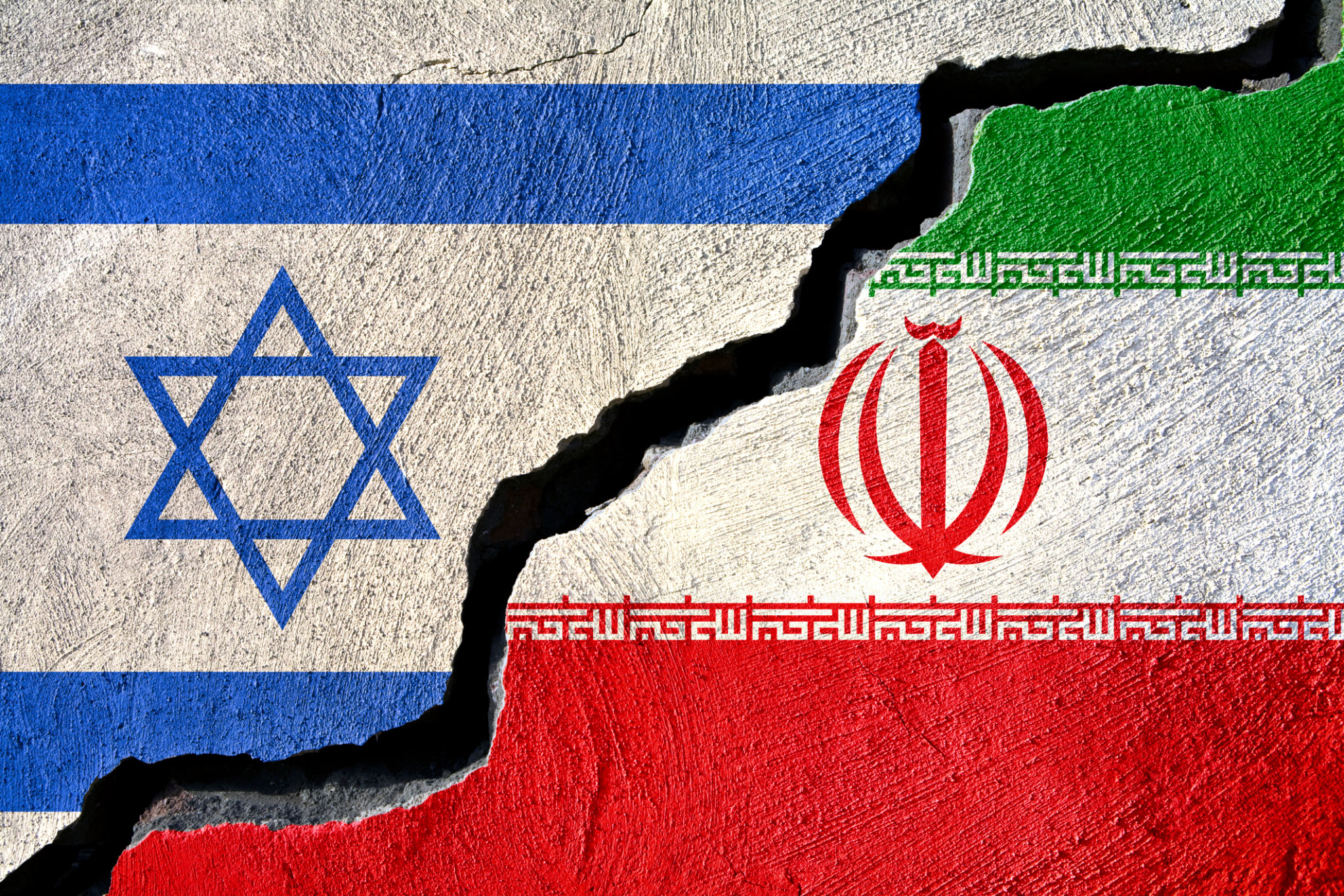Global Flight Adjustments Amid the Israel–Iran Conflict
bc
June 2025 — The rising conflict between Israel and Iran has greatly affected global aviation. This has caused many flight cancellations and major changes to airline routes in the Middle East.

Since Israel's first airstrike on Iranian targets on June 13, 2025, the situation has quickly worsened. This has led governments and airlines to take emergency steps to keep passengers safe. They are responding to growing international risks and ongoing airspace closures.
This article provides a comprehensive overview of the conflict’s impact on air travel, including:
Background of the Israel–Iran Conflict
Global Airline Route Adjustments
Flight Cancellation Statistics
Case Study: Japan Airlines Flight JL059 (Tokyo–Doha)
Summary and Ongoing Impact
Background of the Israel–Iran Conflict
On June 13, 2025, Israel carried out airstrikes on Iranian military sites. This action caused a big increase in tensions between the two countries. In response, the Iranian government suspended all flights operating from Tehran Imam Khomeini International Airport. Concurrently, Israel closed its airspace over Tel Aviv Ben Gurion Airport, canceling all inbound and outbound flights.
Neighboring countries including Iraq and Jordan fully closed their airspaces, further complicating regional air traffic management. On June 23, after US airstrikes on Iranian targets, several Gulf states stopped flights and closed their airspace. This increased disruptions in the Persian Gulf air routes that are important for international aviation.
Global Airline Route Adjustments
Major airlines worldwide swiftly adapted to the evolving situation. Flight suspensions, reroutes to avoid conflict zones, and cancellations became common. Key examples include:
| Airlines | Flight Adjustment Summary |
| British Airways | Flights to Dubai, Doha, and Bahrain suspended; some flights diverted to Zurich or returned to origin. |
| Air France-KLM | Flights to Dubai and Riyadh suspended; impact extends across the Middle East. |
| Finnair | Flights to Doha suspended until June 30; rerouted to avoid Middle East airspace. |
| Singapore Airlines | Singapore–Dubai flights canceled; resumption date to be announced. |
| Air India | All routes now bypass Iran, Iraq, and Israel; flight times extended. |
| Japan Airlines | Tokyo–Doha route rerouted; flight time increased by approximately 20 minutes. |
| Emirates | Flights to Tehran, Baghdad, and Basra suspended. |
| Etihad Airways | Abu Dhabi–Tel Aviv route suspended. |
| Qatar Airways | Some Middle East flights canceled or rerouted. |
| Iberia | Flights to Iran and Iraq suspended. |
| Air Astana | Multiple Middle East flights canceled. |
| United Airlines | Selected Middle East flights canceled. |
| American Airlines | Selected Middle East flights canceled. |
| Pakistan International Airlines | Some Middle East-bound flights canceled, especially those crossing Iranian airspace. |
These working changes reflect airlines’ prioritization of safety and compliance with government-imposed airspace restrictions.
Flight Cancellation Statistics
Since June 13, a significant number of flights to and from Iran and Israel have been canceled:
771 flights involving Iran have been canceled
2,413 flights involving Israel have been canceled

Flight cancellations peaked on June 15, reaching 490 flights canceled in a single day. Following that peak, airlines began to stabilize operations by implementing contingency plans, including rerouting and selective flight suspensions. From June 19 onward, cancellations stabilized, fluctuating around 100 flights daily.

These data illustrate the significant working strain imposed by political conflicts on the global airline industry.
Case Study: Japan Airlines Flight JL059 (Tokyo–Doha)
Japan Airlines’ JL059 flight originally traversed the Persian Gulf directly. Post-conflict, the airline rerouted the flight around the conflict zone, which increased flight time by approximately 20 minutes. On June 24, Japan Airlines temporarily suspended the JL059 route entirely due to ongoing risks.

The flight path adjustment highlights how airlines adapt routing flexibly to balance operational efficiency with safety. Below is a comparative illustration of JL059’s flight trajectory before and after rerouting over the Persian Gulf.
Summary and Ongoing Impact
Key Impacted Areas:Persian Gulf,Israel,Iran,Iraq,Syria
Primary Operational Adjustments: Flight cancellations,Flight delays,
Route diversions
Most airlines have not announced firm resumption dates, opting instead for rolling working adjustments based on evolving security assessments.
DataWorks, a subsidiary of VariFlight focused on aviation data services, provides real-time flight tracking, route change monitoring, and global airspace status updates.
References:
BBC News – Israel Launches Airstrikes on Iran
Reuters – Middle East Airspace Closures Impact Aviation
FlightRadar24 – Live Airspace Map
ICAO Conflict Zone Information Repository – icao.int/czir
VariFlight – Global Flight Tracking Platform
